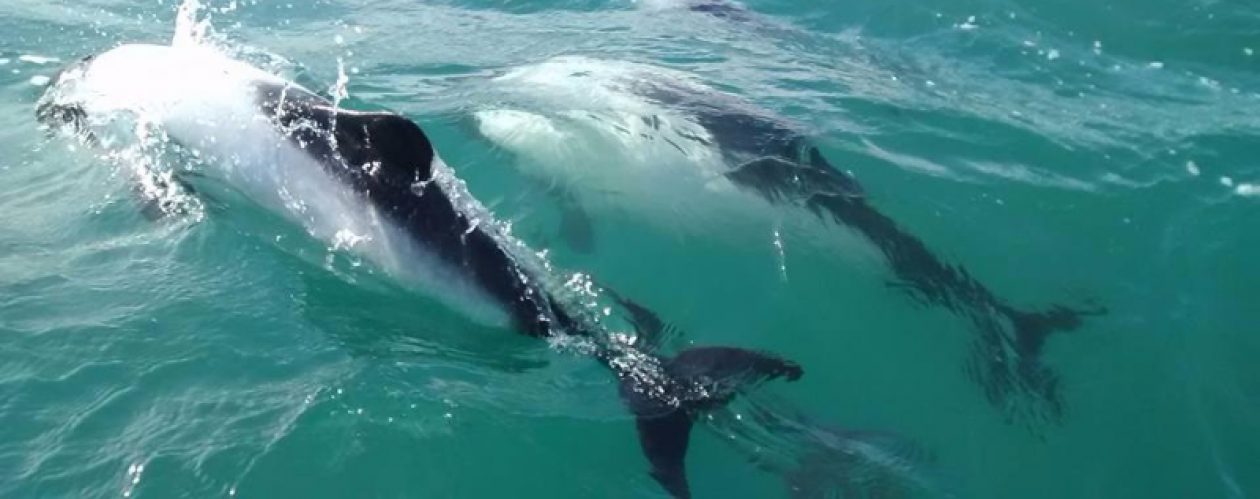Authors: Nancy Auerbach and Holly North
The Antarctica component of the Homeward Bound journey is a big drawcard for many female scientist applicants. However, a trip to Antarctica easily doubles the personal annual carbon footprint of one person. We are joining the growing adventure travel industry which impels people to experience parts of the world even as they are irrevocably being impacted by climate change.
Antarctic travel for tourism and research contributes to the mechanism that is driving climate change through its use of fossil fuels as its energy source. For example, carbon emissions from Antarctic travel can impact on krill and plankton populations through ocean acidification, thereby adversely affecting the very core of the ecosystem that tourists and scientists are coming to see and research.
Carbon offsets are generated from activities that prevent, reduce or remove greenhouse gas emissions from being released into the atmosphere to compensate for emissions occurring elsewhere. Rather than individually offsetting carbon emissions from our air and sea travel on the Homeward Bound voyage in December 2016, the HB carbon offsets team aims to collectively implement a carbon sequestration project which offsets emissions for the entire Homeward Bound project team.
In 2016, we put our efforts into creating a Homeward Bound forest in Australia which will sequester carbon over its lifetime. A forest connects HB participants to a tangible project that will mitigate the impacts of our journey and provide habitat connectivity for threatened fauna. Importantly this project will connect landholders with other like-minded local community members who wish to prevent local extinctions of threatened plants and animals. The plantings are planned to help prevent the decline of an endangered local population of koalas in northern NSW, Australia.
We have estimated:
-
carbon emitted by all team members for travel to/from the ship embarkation point in Ushuaia, Argentina and the ship’s environmental footprint over a 20-day voyage in Antarctica
-
carbon offset potential of a forest through mixed species environmental plantings with area required to offset our estimated collective carbon emissions (1300 tCO2e)
Forming partnerships with, and providing in-principal support to, land management agencies (state and local government) and NGOs (non-government organisations) can be effective in establishing ongoing funding applications which extend forest habitat regeneration in the longer term. With our partner, the Byron Shire Council, we are targeting funding for our carbon offsets project through:
-
The Green Army
-
The Environmental Trust
-
20 Million Trees
We have agreed to provide presentations on our Antarctica voyage, leadership training, and conservation experiences to stakeholder groups upon our return from the 2016 Homeward Bound Antarctica expedition. Audiences will include Green Army and local Landcare members, participating landholders and renewable energy NGOs.
We want to engage all HB participants by communicating the significance of contributing to global stewardship through carbon offsetting by our habitat regeneration, restoration and rehabilitation project.
Carbon abatement projects that prevent CO2 from entering the atmosphere are as important as those that remove CO2. Projects benefitting indigenous women’s health are also a priority. We recommend consideration of such alternative carbon offsets to future HB expedition team members.
Resources for carbon offsetting consulted:
www.15trees.com.au
https://www.coolearth.org
http://www.penguinoffset.com/our-calculator.html
http://www.thesouthpolegroup.com/why-spg
FullCAM: https://www.environment.gov.au/system/files/pages/c9547241-6714-485f-8f1e-de75db952e52/files/fullcam-guidance-ep-mallee.pdf)

One thought on “HB Update #6 – Carbon Offset Project update September 2016”